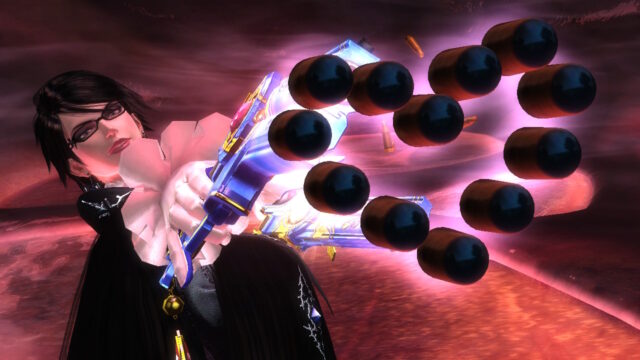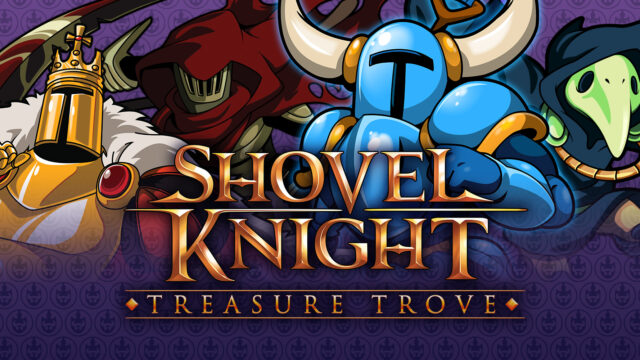Eador: Imperium Review
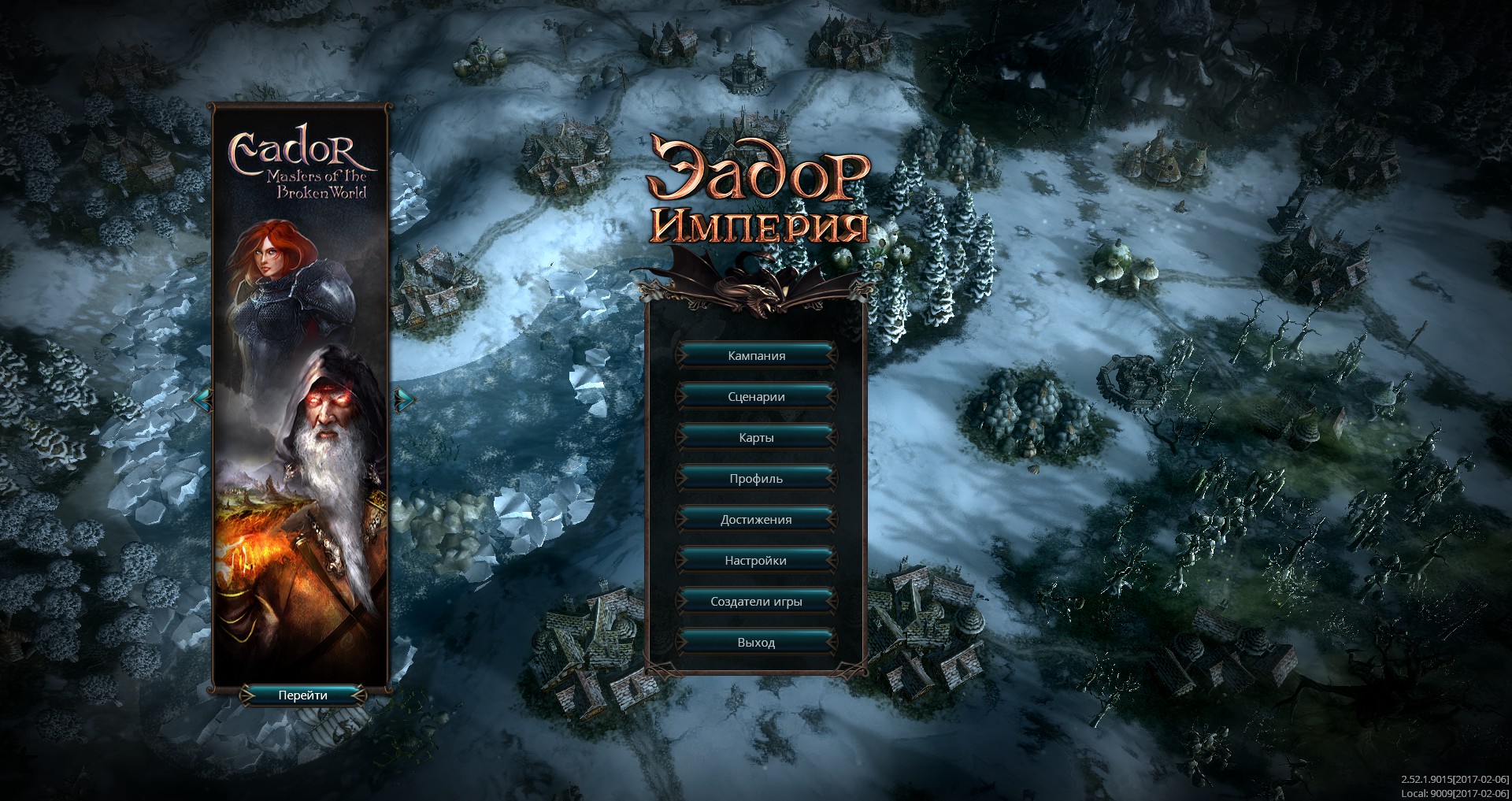
The magical medieval cosmos, torn apart by mana storms, shattered the world of “Eador” into numerous flat drifting fragments. Humans, non-humans, monsters live and die on fiefs surrounded by black emptiness, pursued in battle by powerful mages traveling from fragment to fragment.
Our strategy-loving brother loves this. Gloomy forests of European planting, swamps, dirty-yellow sectors with constant nomads of a well-known appearance. And then there are palm trees (introduced ten hours after the start), then volcanoes, and thematic monsters, and cool artifacts! Give us pleasant strategic and tactical maps, reasonable balance, and room for maneuver, and we will all be happy.
Eador is rich in strategic happiness, and Eador: Imperium is ready to bring order to its predecessor’s chaotic campaign. First, break it down into episodes so that each first session doesn’t require weeks of gameplay (and then crash on the twentieth map, muahaha). Then divide the episodes into separate maps with different tasks. Finally, tame the insane artillery necromancers so that other heroes have at least some chance of winning.
And, of course, fix the engine a little, add new units, and other cosmetics.
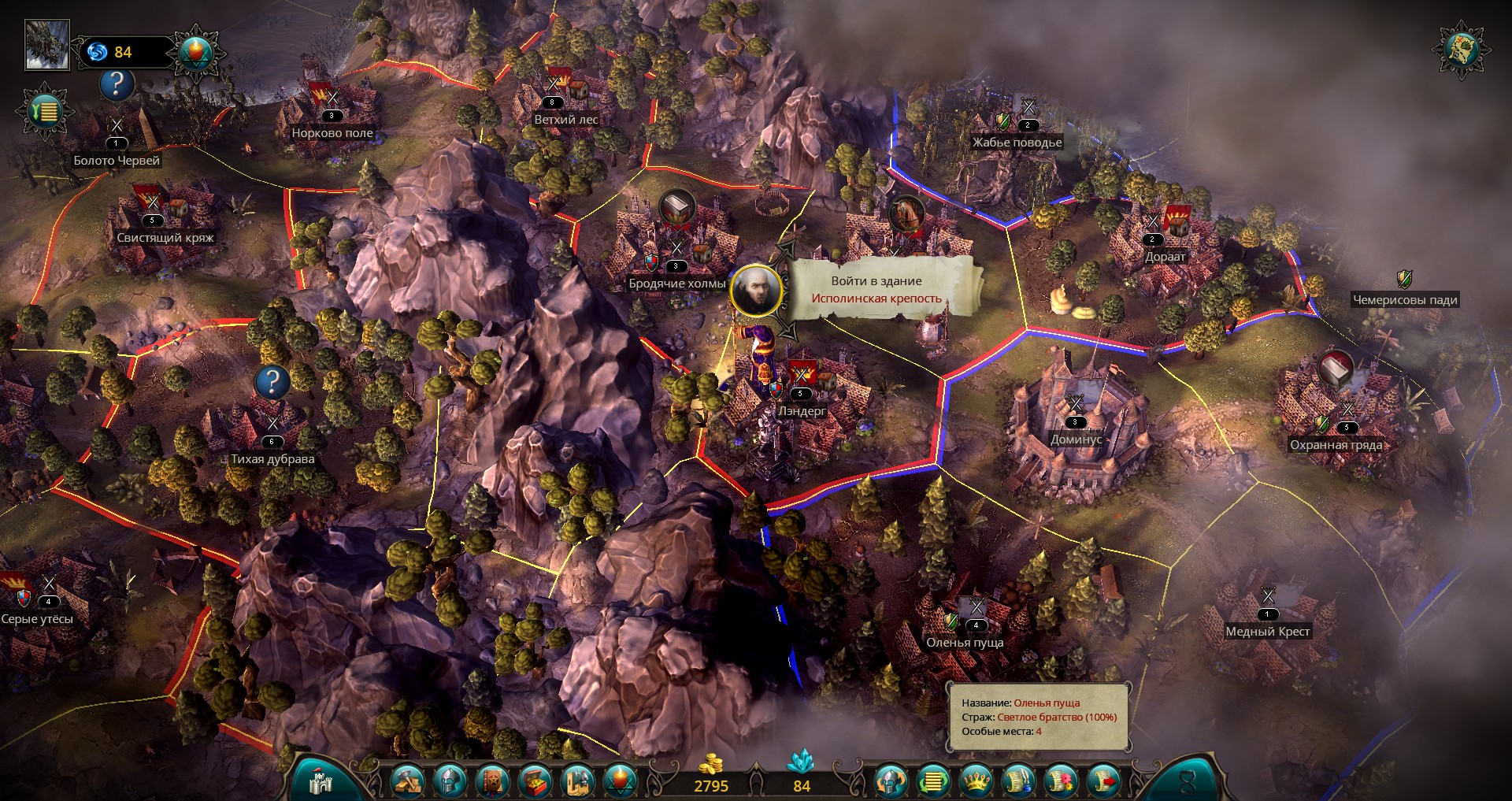
It seems that the developers of Eador: Imperium didn’t even expect that a new audience would appear for the standalone expansion of the fantasy turn-based strategy game. The successor to Eador: Masters of the Broken World doesn’t waste any time on tutorial missions. The first map of the first campaign gives the player a capital city with several already conquered provinces, a level ten heroic necromancer, and an invisible timer for the failure of a strategic mission.
That’s how it goes. If you came to play Imperium “off the street,” it won’t be easy to get used to the game. Because in Eador strategy games, most of the traditional genre rules are turned upside down.
The first twist: heroes only start moving on the map after the player clicks “end turn.” In other words, before any potential tactical skirmish, you must first deal with construction, troop recruitment, and everything else that can be done in Imperium during a turn. You have to distribute which squads will do what, then end the turn, and only after all the aforementioned actions will battles a la Heroes of Might and Magic 3 begin. And yes, you will immediately have to roll back the entire planned mandatory military program. Without the right to make mistakes – the “Save” option from the game menu disappears during tactical battles.
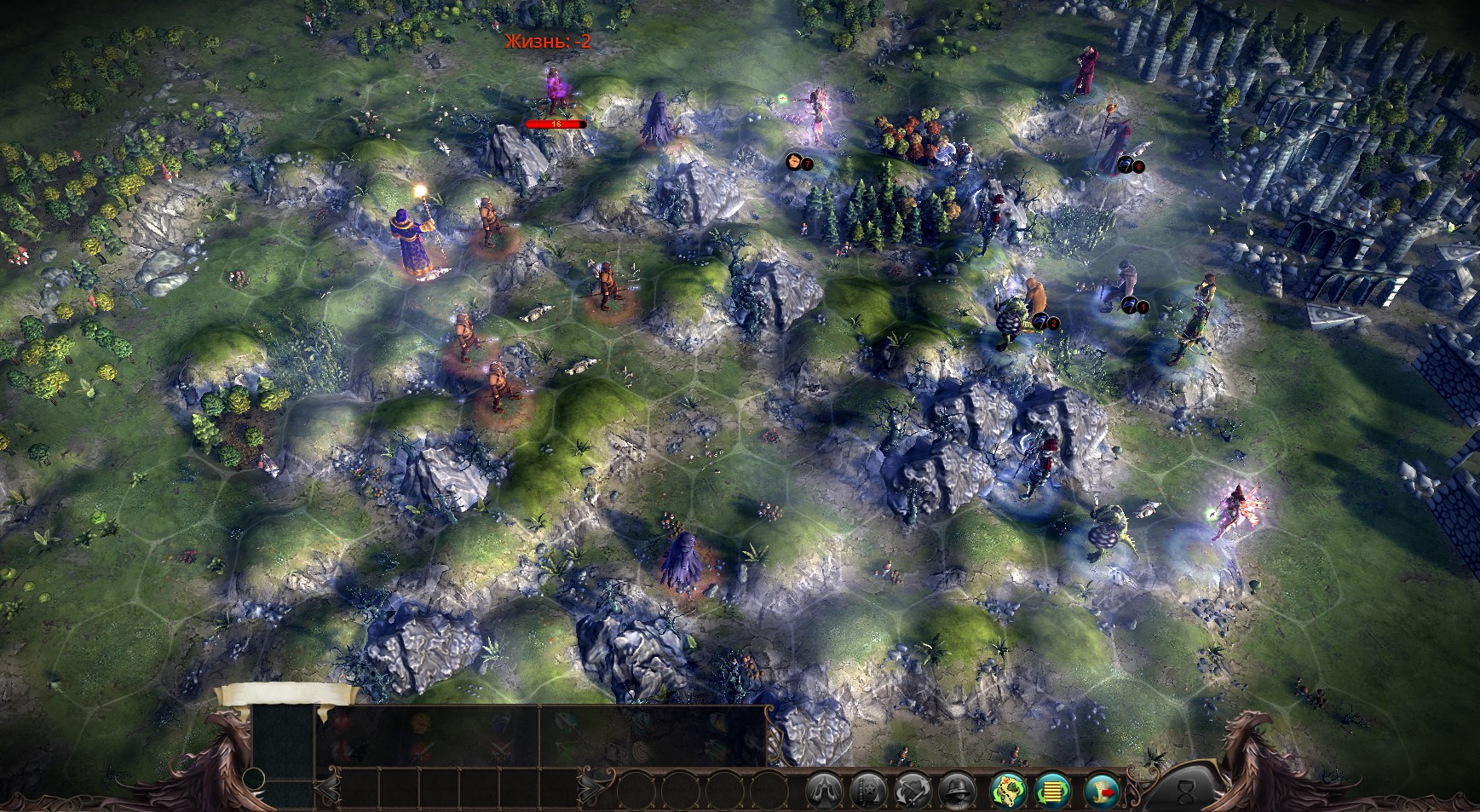
Inverted second: practically the entire opening, and in general, a healthy part of the game can only move one square per turn. One square per turn! Fortunately, reconnaissance is not only done by combat, and any second-level military commander with a pair of slingers as bodyguards is free to retreat from any swamp with a dozen ever-ready basilisks. But that’s just one side of the local maneuvers. The overall situation is that any hero is ready to do one thing per turn. For example, once again, jump from square to square and see what’s there, like in the neighboring province. Or stay in the same place, digging into the square “deep” to find, let’s say, a deposit of rare resources (+5 gold per turn or something similar). By the way, the same square can be consumed in twenty to thirty moves.
There is also a fun control system, simultaneously and logically distributed between the mouse and keyboard, disregarding the standards set by classics of the turn-based genre. Simultaneously playing Imperium and, let’s say, Civilization 6 messes with the mind and awakens the schizophrenic in a person. There is also… yes, there is a lot of stuff, Eador is some kind of real strategic looking glass.
That’s partly what makes the game valuable, but. It seems to me that to truly understand how the world of Eador works in the conditions of a campaign, without any hints and with the Ragnarok timer in your pocket, if it is even possible, then a pleasant game for beginners is definitely not waiting. I would give advice to go and first learn the original, but…
I don’t know what happened to the Masters of the Broken World client in the years after the original release, but I do remember that I stopped playing this fascinating strategy game because of the buggy engine that crashed to the desktop at the first convenient opportunity. A separate pleasant bonus is that the further you progress in the only local epic campaign, the more likely it is to crash on every first map. I also remember that months after uninstalling, I blindly reinstalled the client, hoping that during my break, useful patches were released. Ta-da, my naive friend, it was a disappointment, and the crashing continued.

However, your humble servant has not yet experienced any harsh setbacks in Imperium, which instills some optimism. So far, my program has only had unnatural slowdowns and other inherent flaws of its predecessor. But I must admit, it is scary to dig deeper than the first campaign, as all the symptoms are painfully familiar.
But since you haven’t been thrown off track by the game’s genre-defying twists and the engine hasn’t crashed, then welcome to an undeniably good game.
Any levitating piece of land in the void is a gigantic playground, filled with goodies to suit every taste. As mentioned before, every tile you click on hides a dozen dungeons, equipment shops, mercenary camps, and everything else in the world. The key is to never stop digging. Moreover, the encountered monsters can be either a handful of weaklings or a horde hiding in one unfortunate corner. You can never predict in advance. Completely clearing a single sector on the board is already a cool task; you can have fun on a 10×10 map until old age. On one map.
Meanwhile, competitors roam the fiefs, peasants revolt, various magnetic storms occur, and life in general is boiling. It’s hard to get bored. Oh, why do you, developers, only implant timers in your missions? It’s like shooting yourself in the foot.
And so that the chain of big and small battles only becomes boring after dozens of hours (or never becomes boring at all), Eador: Imperium borrowed the basic mechanics of tactical battles from the main classic representative of the genre. A square battlefield and units with health, morale, and stamina bars – the business of HoMM3 lives on and triumphs regardless of the number of modifications loaded onto the combat system. Yes, ten thousand dragons are a thing of the past, and now only one can be sent into battle. And let the heroes also personally join the fight, but since any lousy skeleton requires a separate place in the squad and thus reshuffles the balance of units, why not? It doesn’t matter that some bumps and some forests with some impassable swamp cells have grown on the board. All the add-ons attached to the core of the third “Heroes” work only in our favor.
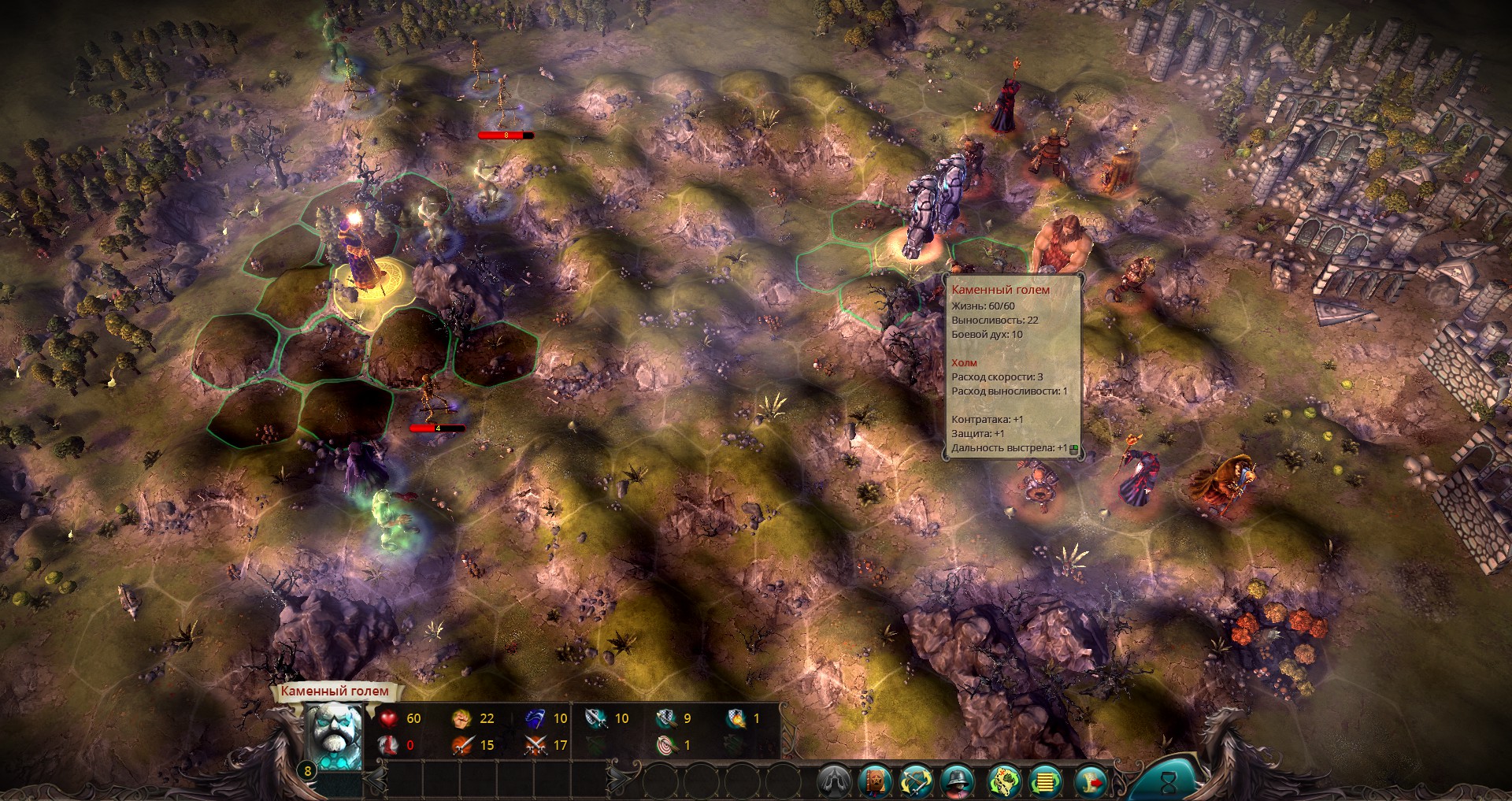
It is difficult to recommend a strategy that is guaranteed to be interesting with a guaranteed terrible engine. In other words, it is not appropriate to send beginners to Masters of the Broken World. As for Imperium, it does not teach the basics and seems to be enriched with faulty code just slightly less than its predecessor. However, it is capable of providing new units from the tobacco box, has adjusted the balance, and is generally good. So, what should be recommended in such a situation?
Oh, I don’t know. If you are a fan of turn-based strategies, go for Imperium, but make sure to enable autosave, regularly save manually, and do not overwrite old saves. The deeper you get into this strategy, the more frustrating it will be to experience sudden crashes without the ability to checkpoint halfway through the campaign.
Share
Discuss
More Reviews

